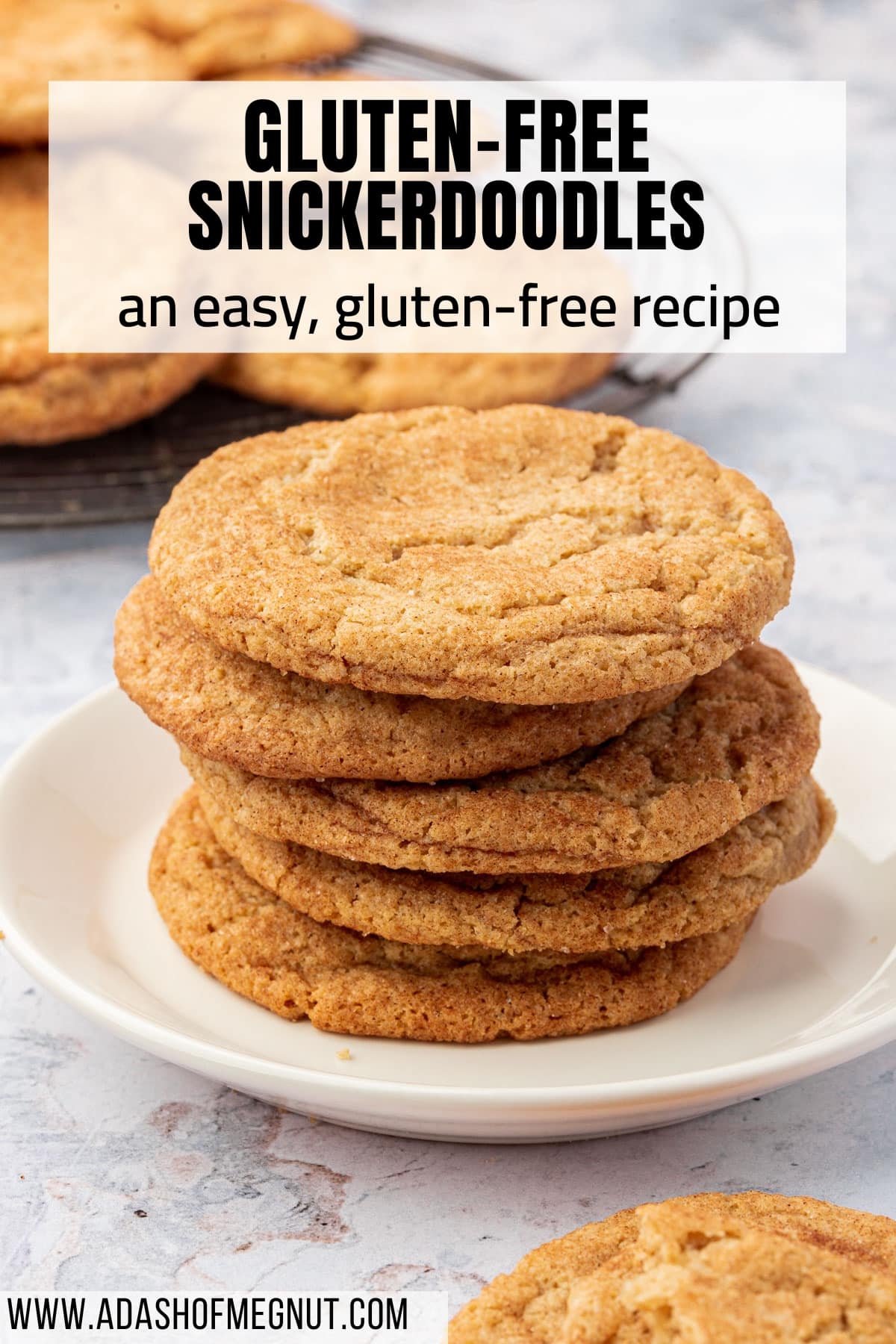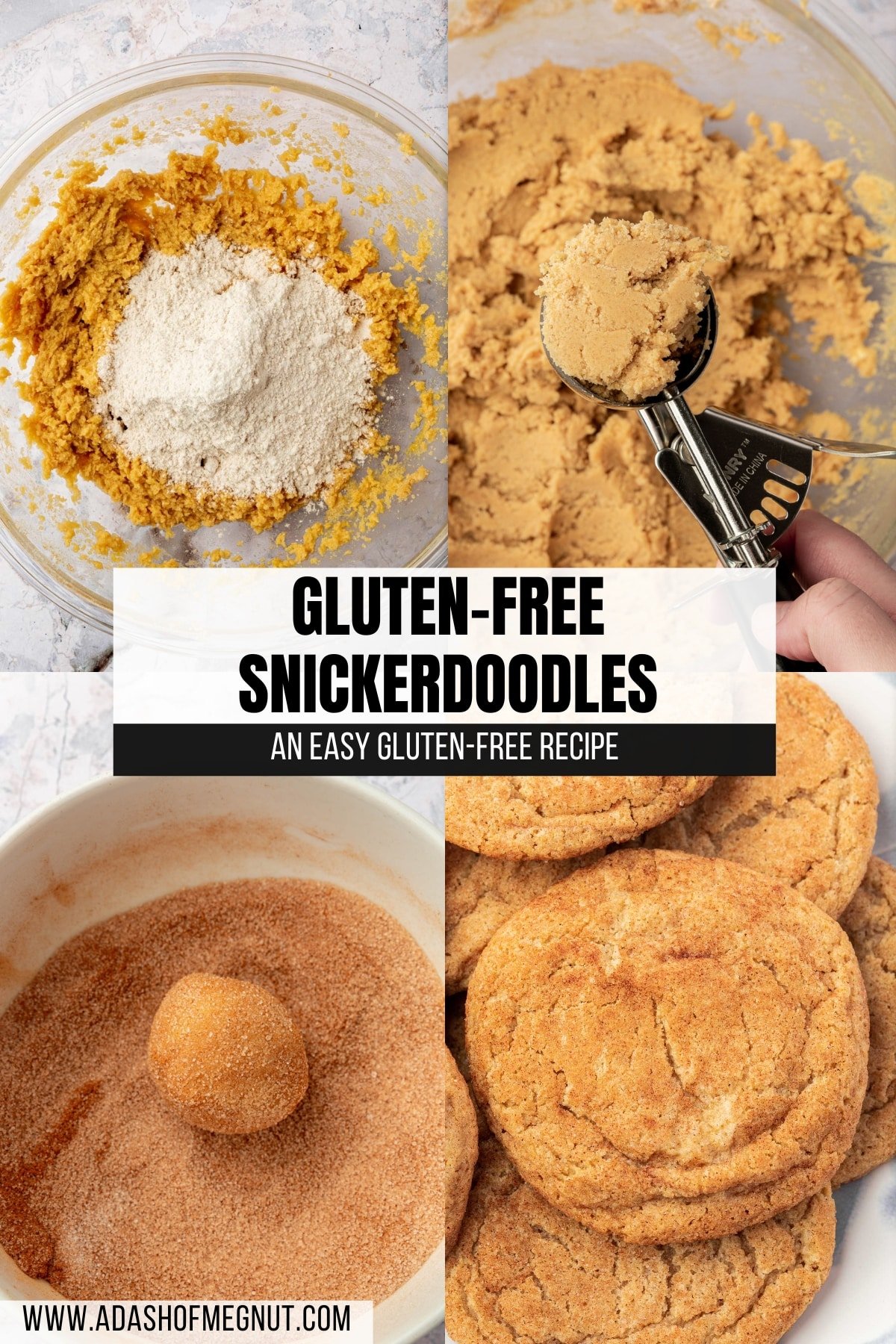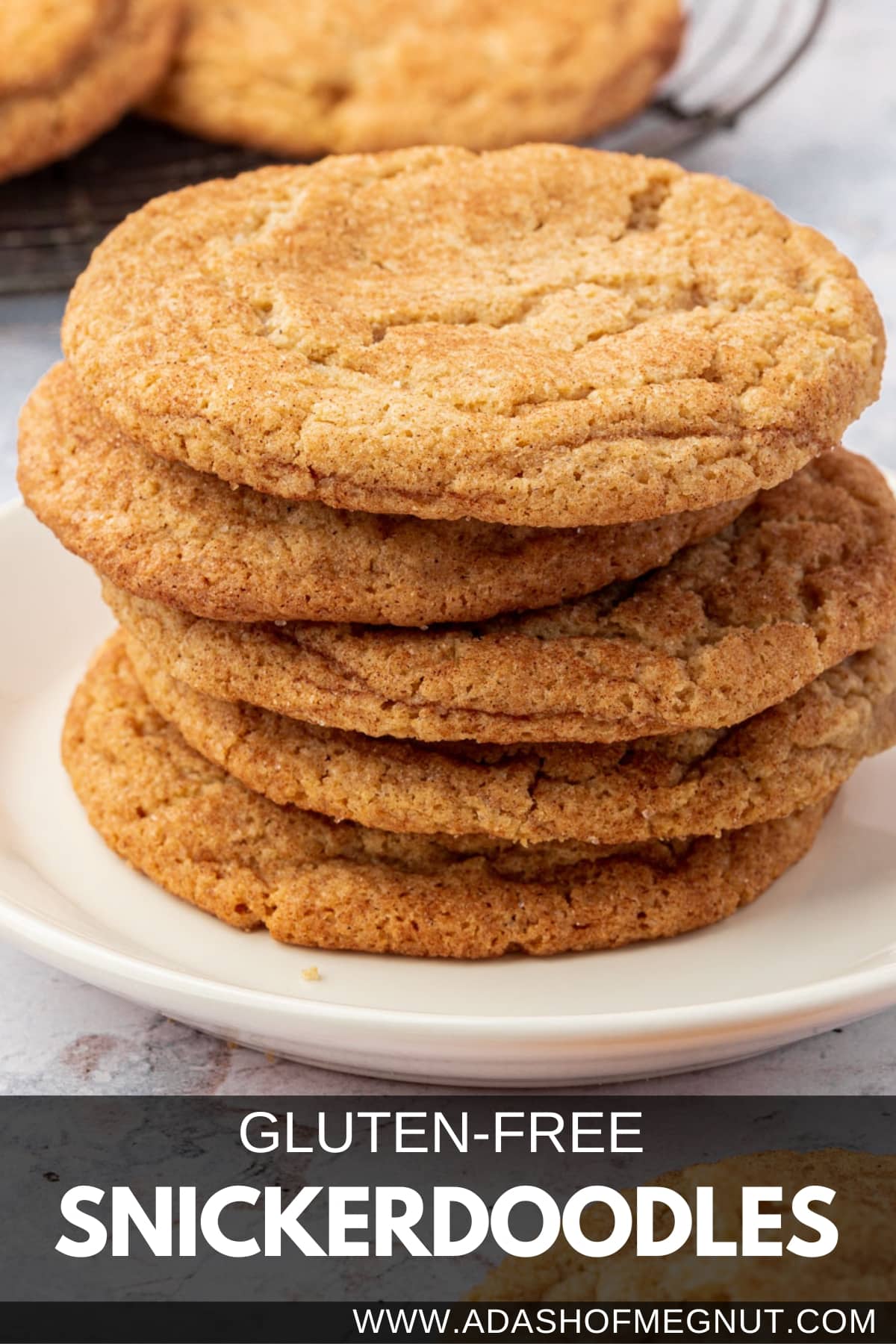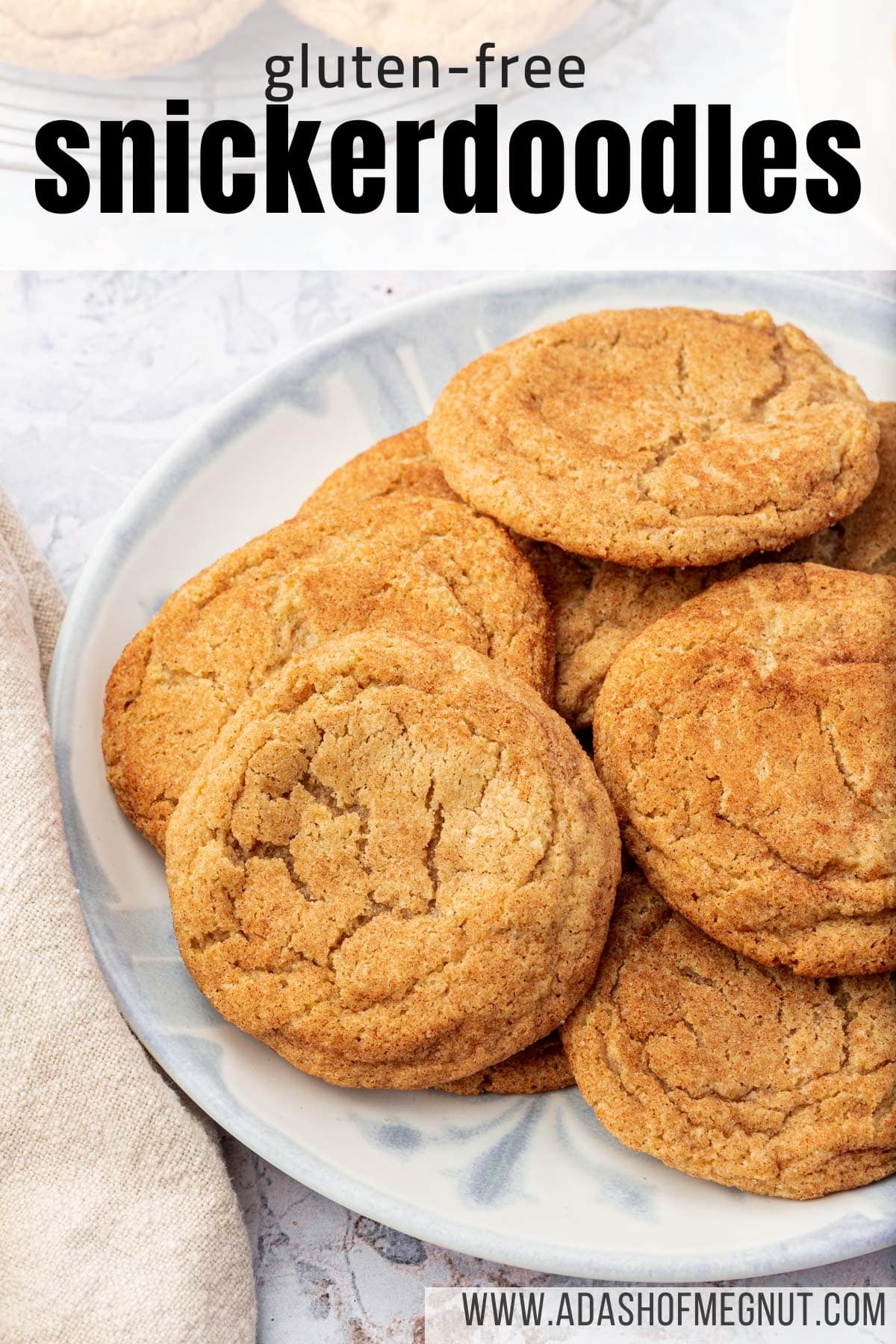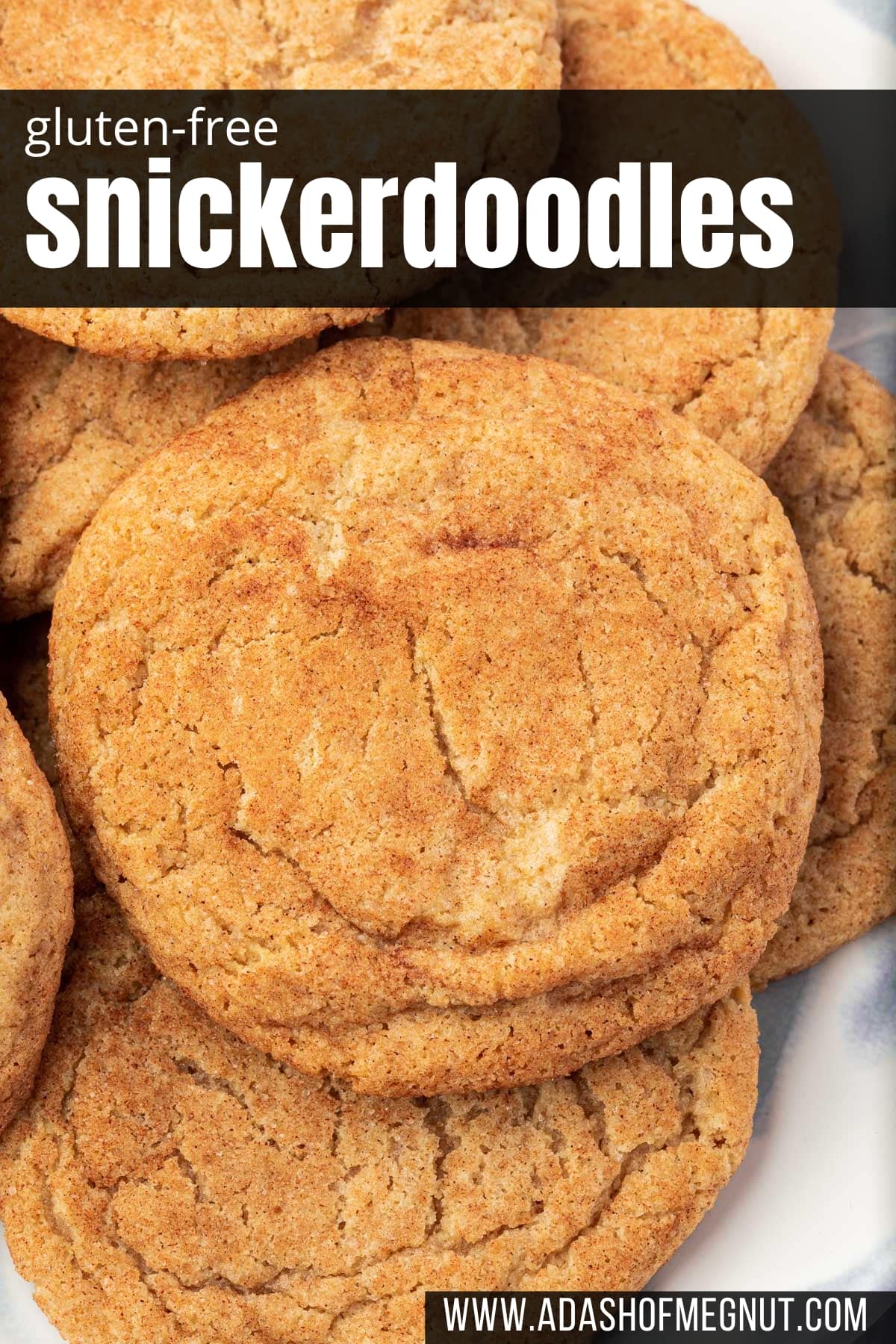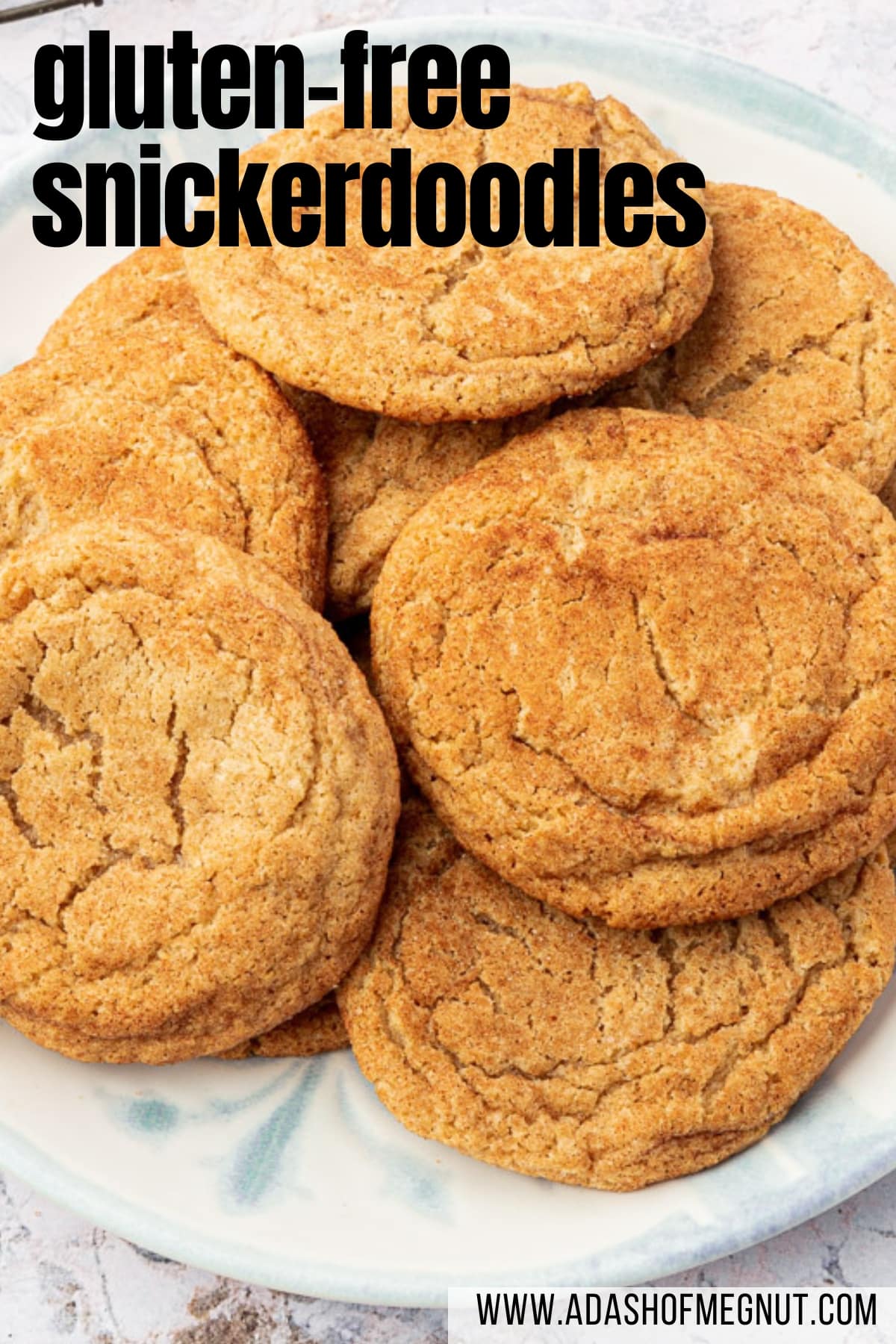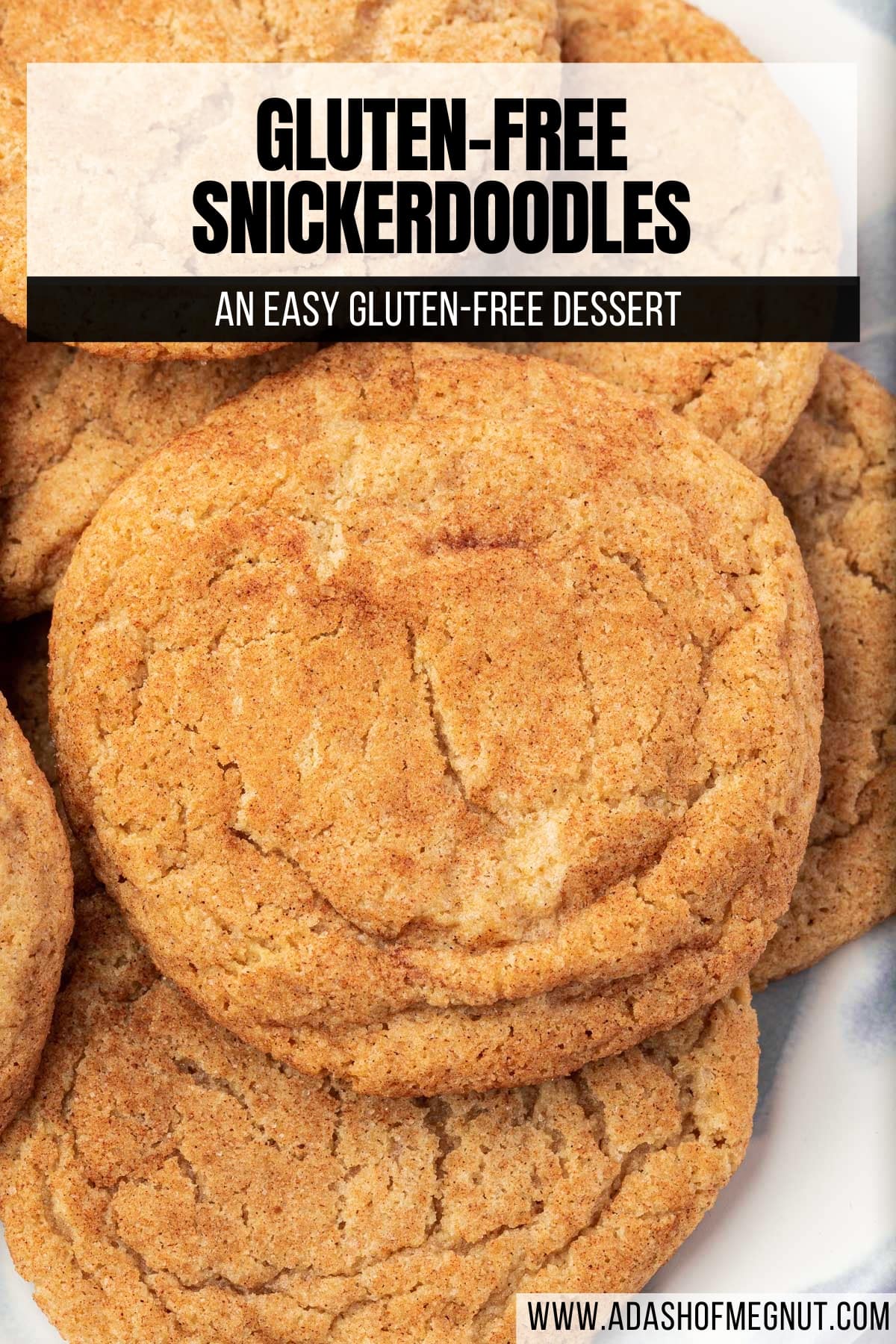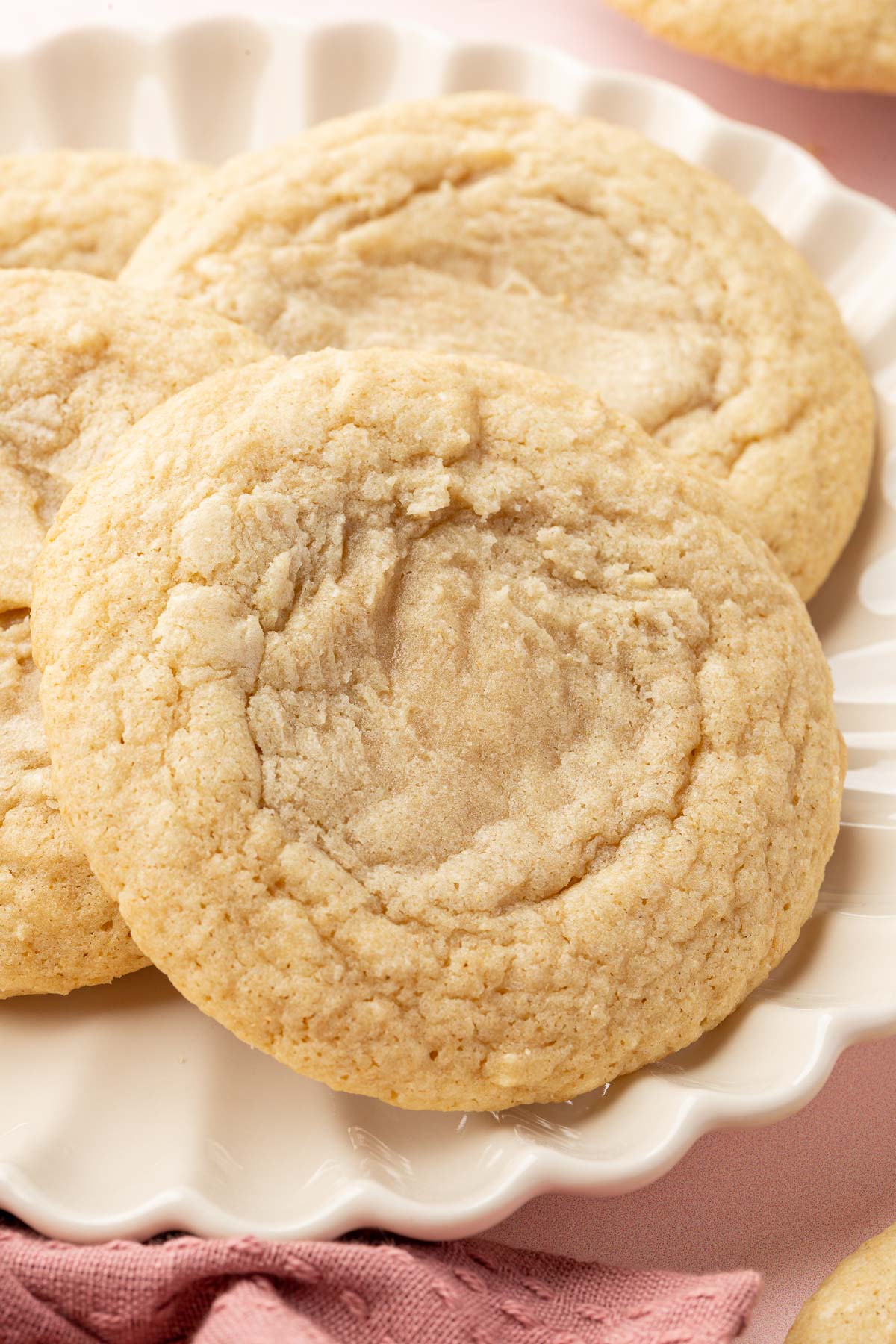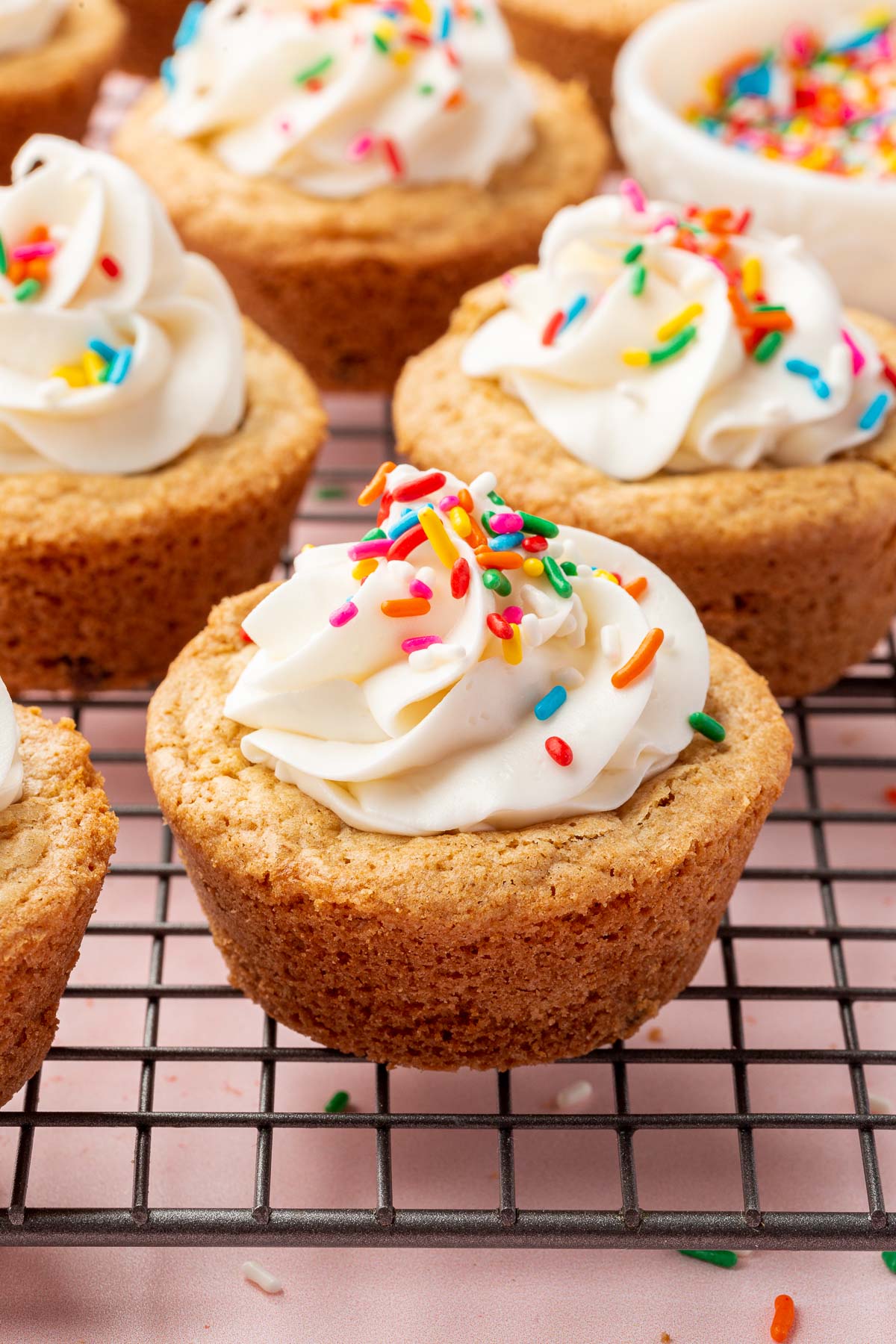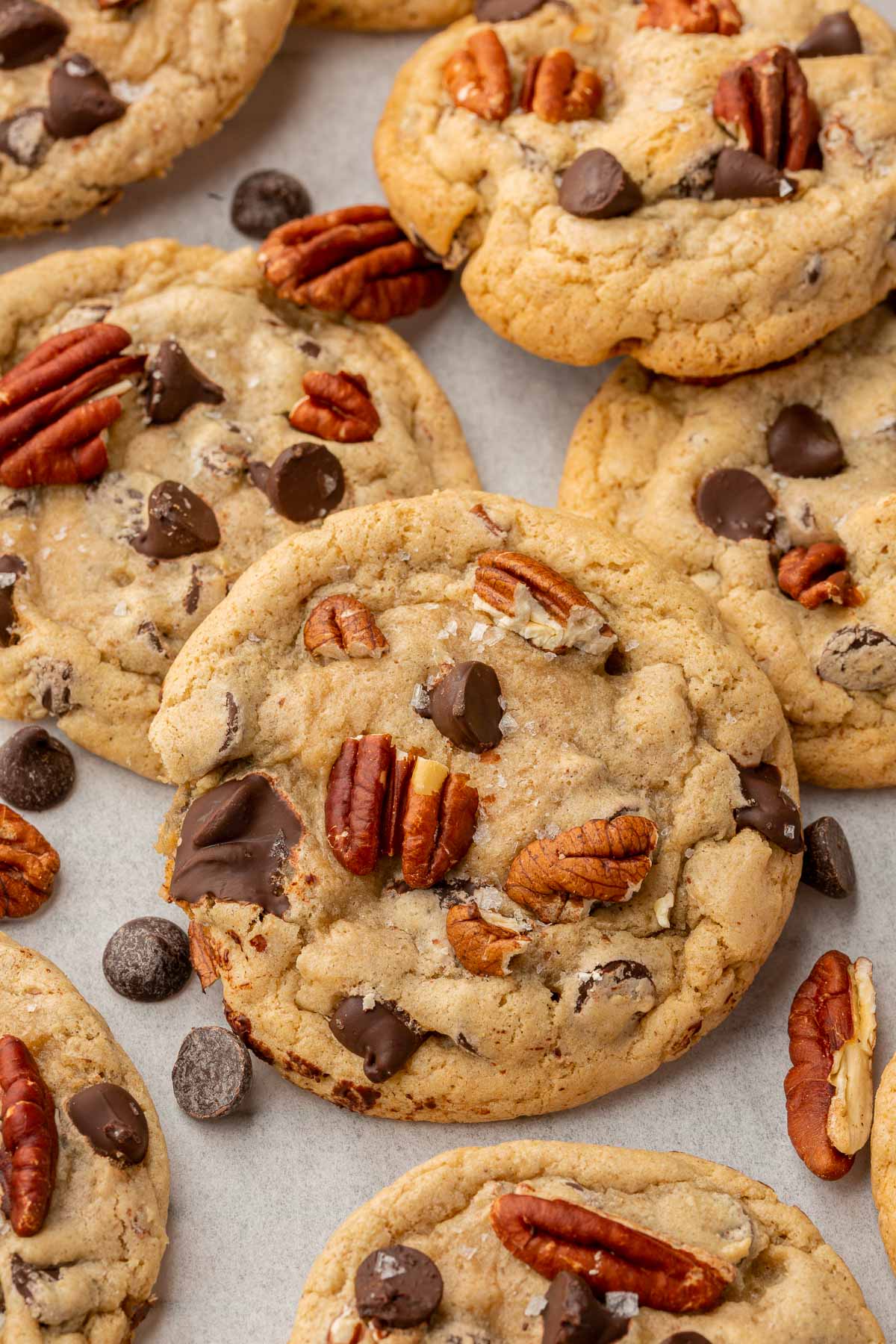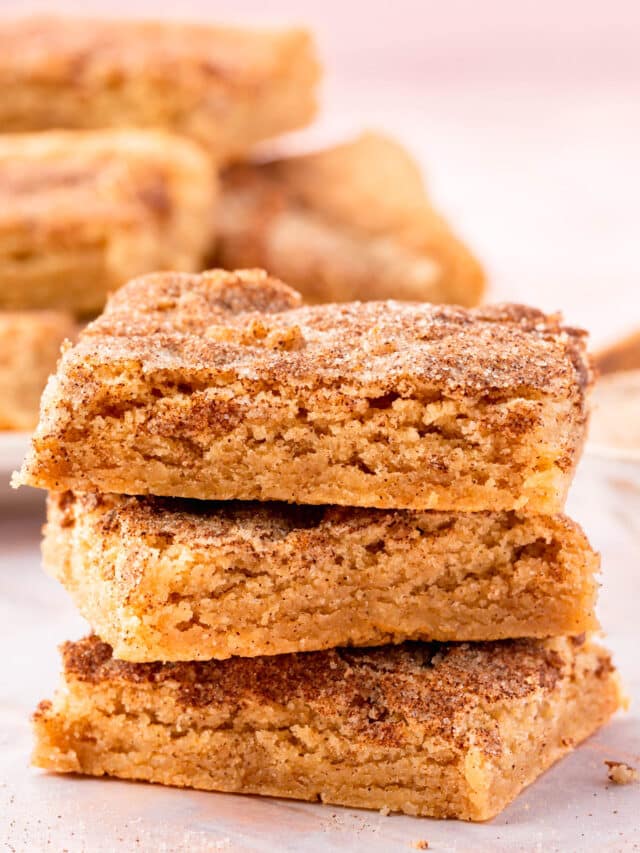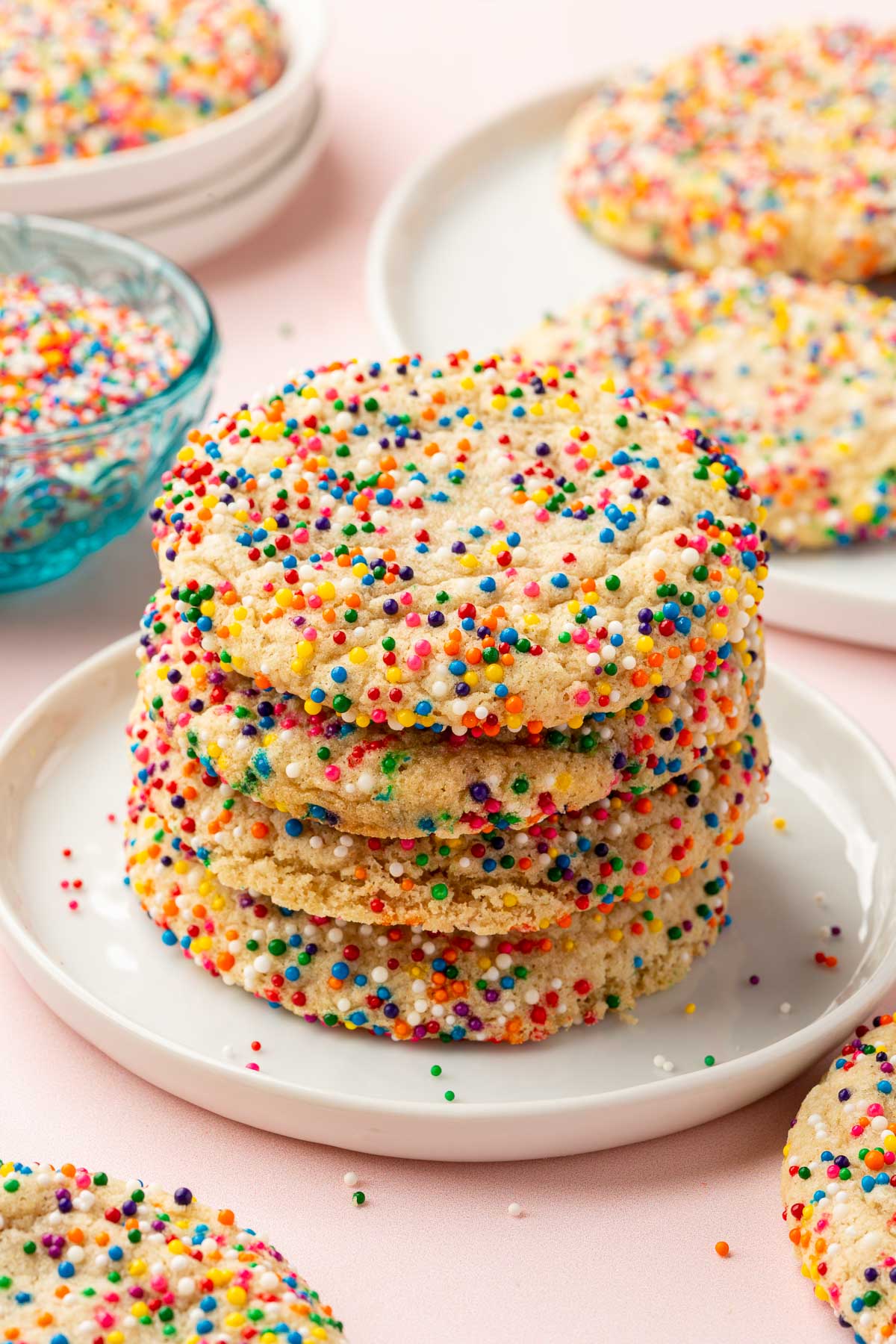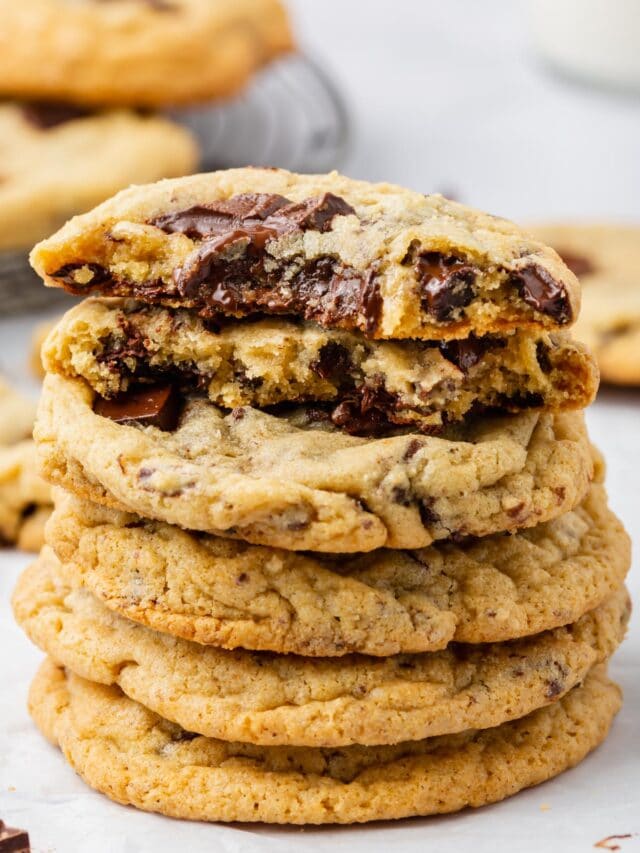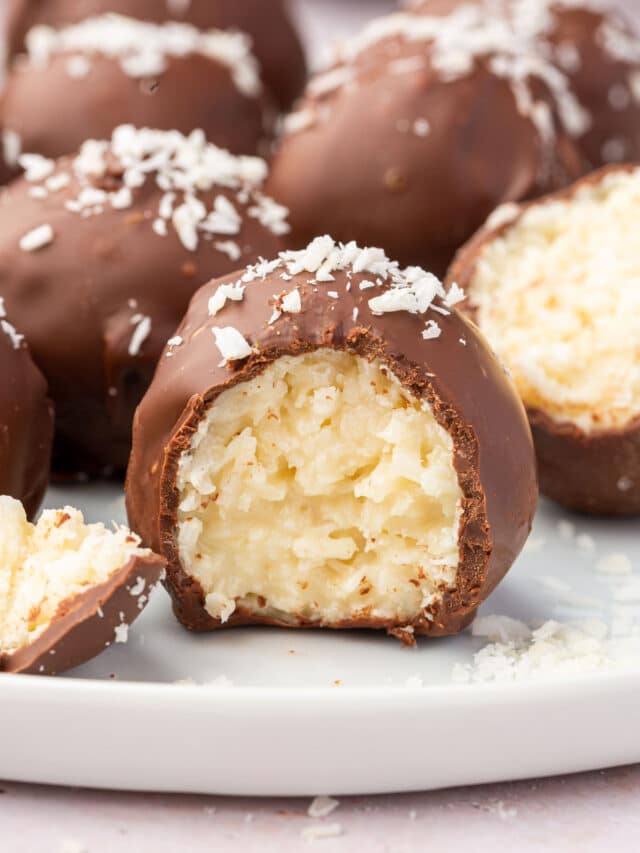Gluten-Free Snickerdoodles
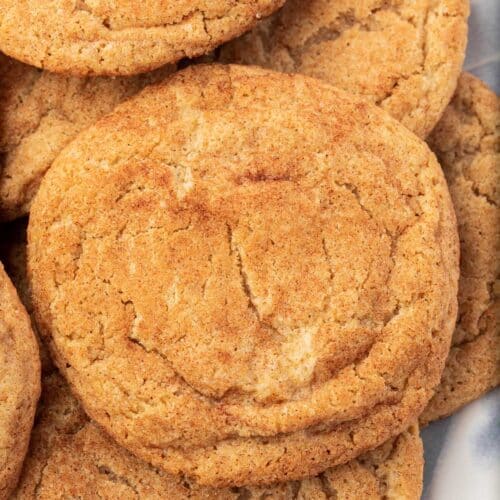
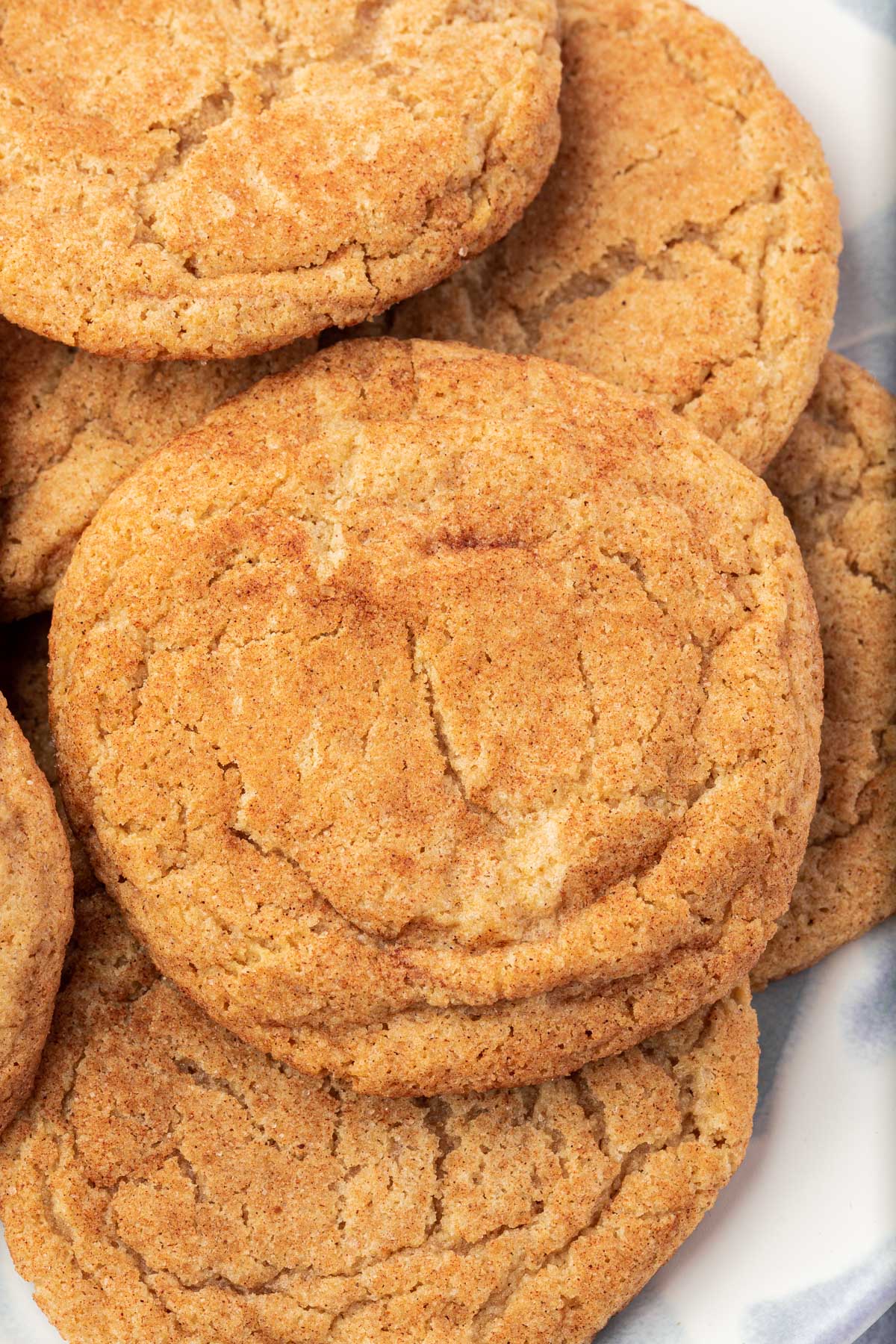
Table of Contents
Why this recipe works
Looking for a great gluten-free treat? Try these gluten-free snickerdoodles! They’re sweet and a little tangy, everything a snickerdoodle should be!
The cookies are rolled into balls and then coated in a cinnamon and sugar mixture before baking. The result is a buttery, chewy, and slightly crunchy cookie with a delightful hint of cinnamon. Crispy edges with a chewy center, it’s truly the perfect cookie!
Snickerdoodles are perfect for a special occasion or just for a sweet treat. Snickerdoodles are a classic for a reason… Everyone loves them! And trust me, these gluten-free cookies are sure to impress. Make sure to give them a try – you won’t regret it!
You’ll love this recipe because:
Ingredients
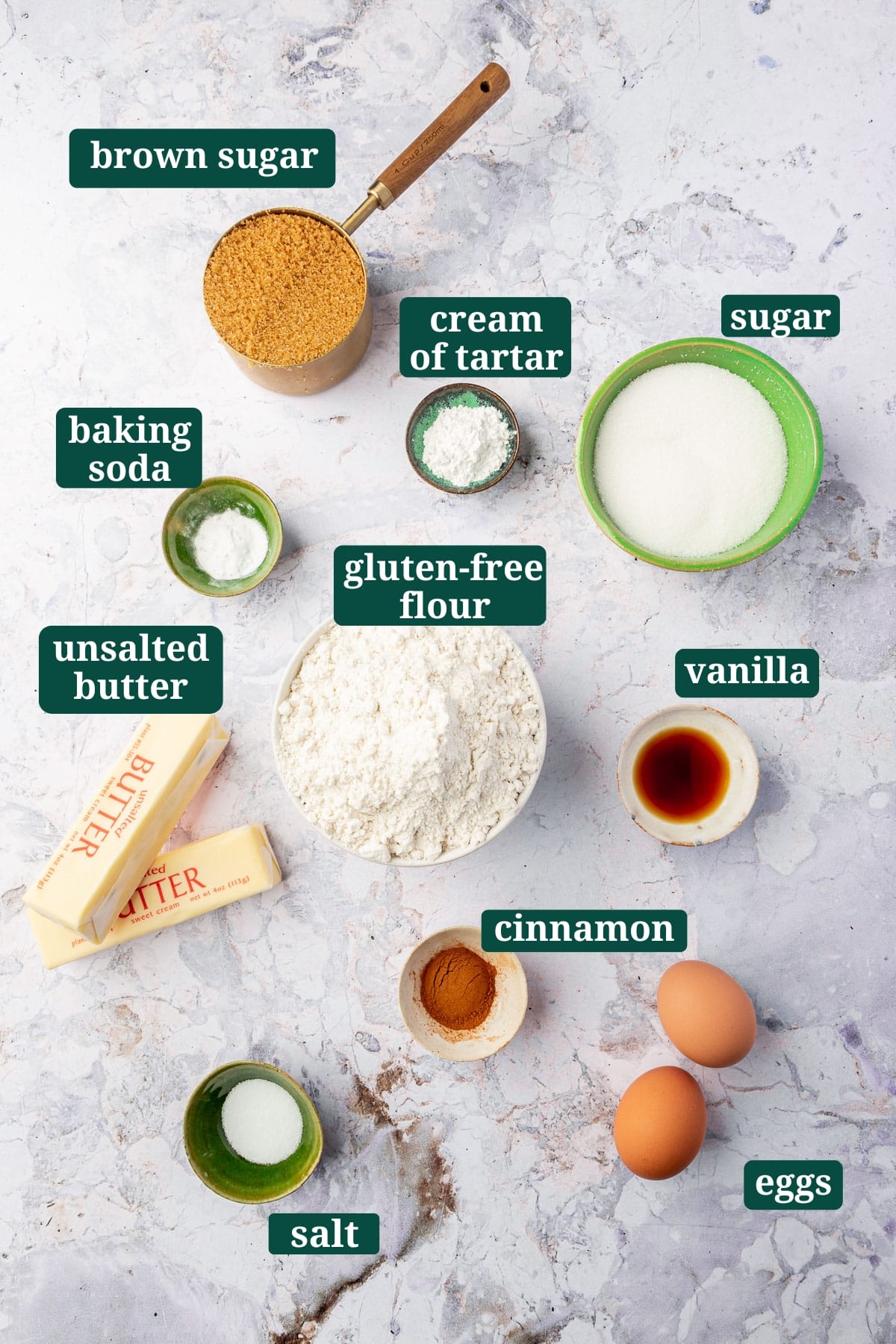
Ingredient Notes
- Gluten-free flour blend – Gluten-free flour blend – I tested this recipe with both Bob’s Red Mill 1-to-1 Gluten-Free Baking Flour and King Arthur Flour Measure for Measure Gluten Free Baking Flour. Both of these blends already contain xanthan gum and are meant to be a 1-for-1 swap with all-purpose flour. I cannot guarantee that these snickerdoodles will turn out with another flour blend, as I have not tried them.
- Xanthan gum – If your gluten-free flour blend does not contain xanthan gum, you will need to add it. Xanthan gum is a corn-based ingredient that either provides elasticity or is used as a thickening agent in many foods. It’s used in gluten-free baking to keep baked goods from crumbling and falling apart. If you need to add xanthan gum, I’d recommend starting with ¾ teaspoon of xanthan gum. Again, I cannot guarantee that the recipe will turn out if you are using a gluten-free flour blend other than one I recommended above.
- Cream of tartar – The quintessential ingredient of snickerdoodles is cream of tartar. It’s what gives snickerdoodles their signature tangy flavor. Cream of tartar is acidic which is what gives it a slightly sour taste.
- Unsalted butter – I always use unsalted butter in my baking because I like to be able to control the amount of salt that goes in the cookie. Salt adds flavor to your cookies, but there is nothing worse than an oversalted cookie. Make sure that your butter is at room temperature so it can easily blend in with the sugars. When you press the butter with a finger, it should make a dent very easily. Also be sure that the butter is not too soft, or your cookies will be oily and spread into a thin mess on the baking sheet.
- Baking soda – I tested this recipe with both baking powder and baking soda, and baking soda gave these cookies the best texture. It helped give the cookies rise so that when they start to fall coming right out of the oven they have beautiful cracks. It also gave the cookies a better chewy texture than the baking powder did, which produced a cakier cookie.
Step-by-Step instructions
These are the best gluten-free snickerdoodles. They’re so easy to make and will make your kitchen smell amazing!The below steps and matching photos are meant to help you see the recipe at various stages to help you make these gluten-free cookies perfectly every time.
For the ingredient list with measurements, full instructions, printable recipe, and additional notes, please scroll down to the recipe card.
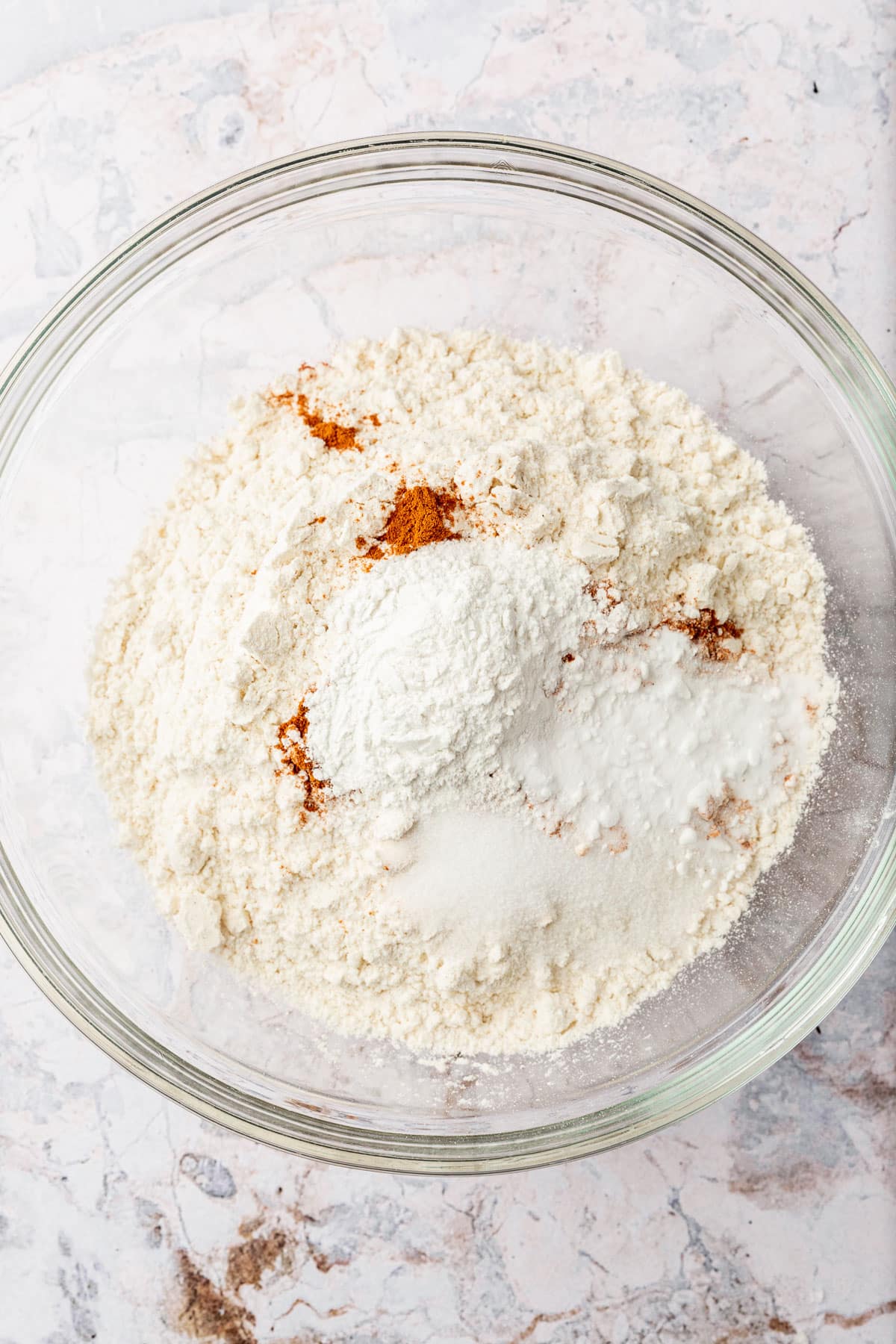
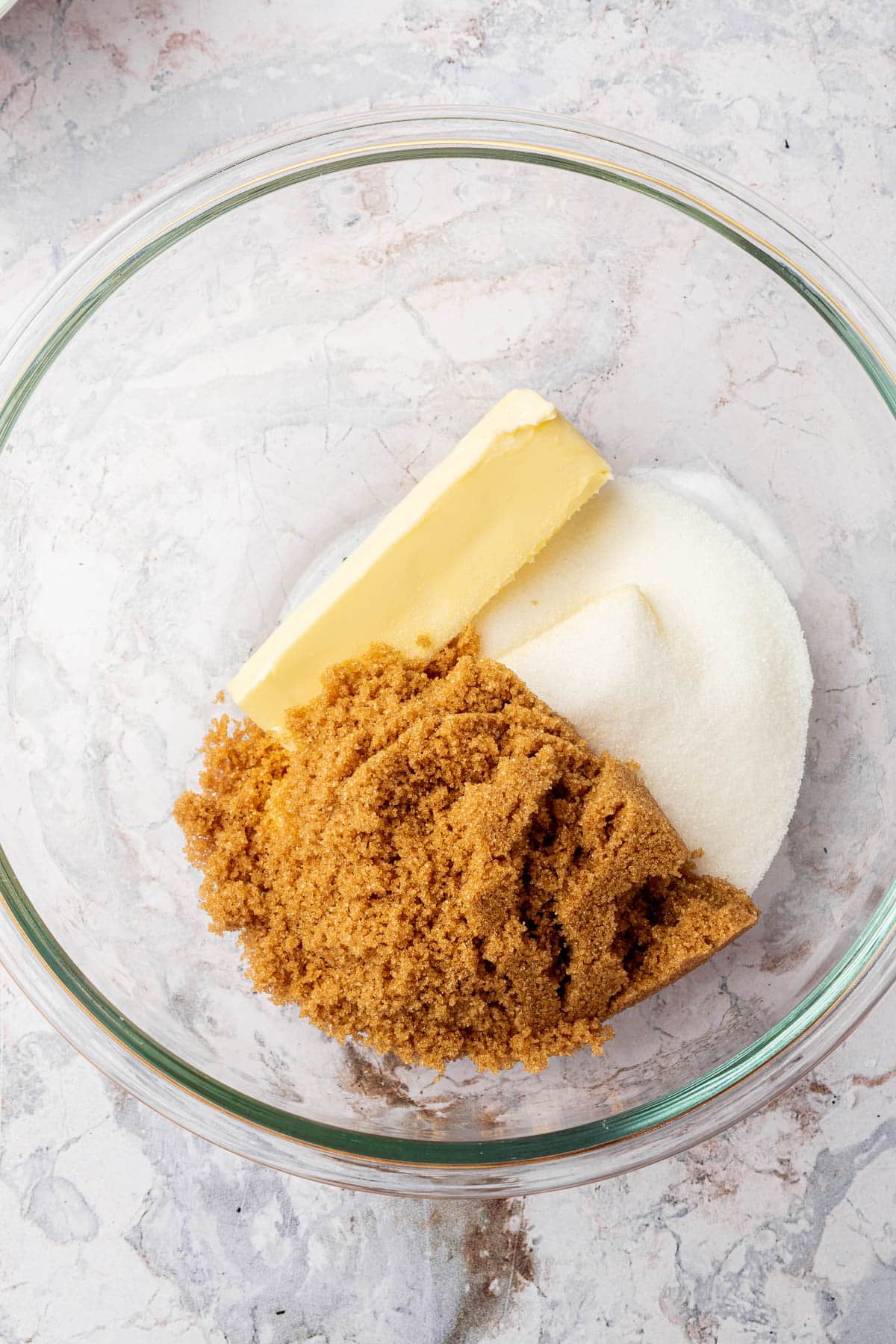
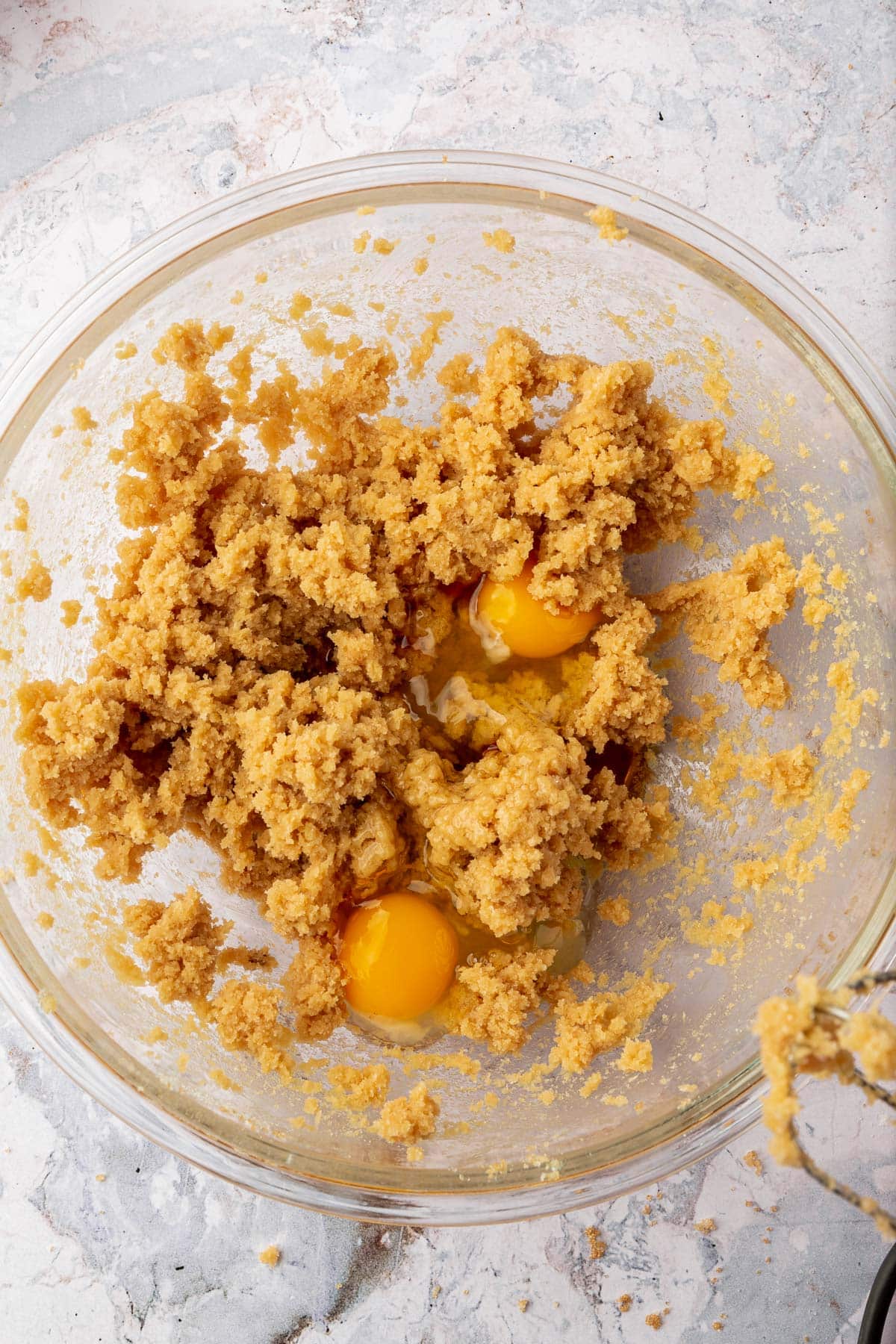
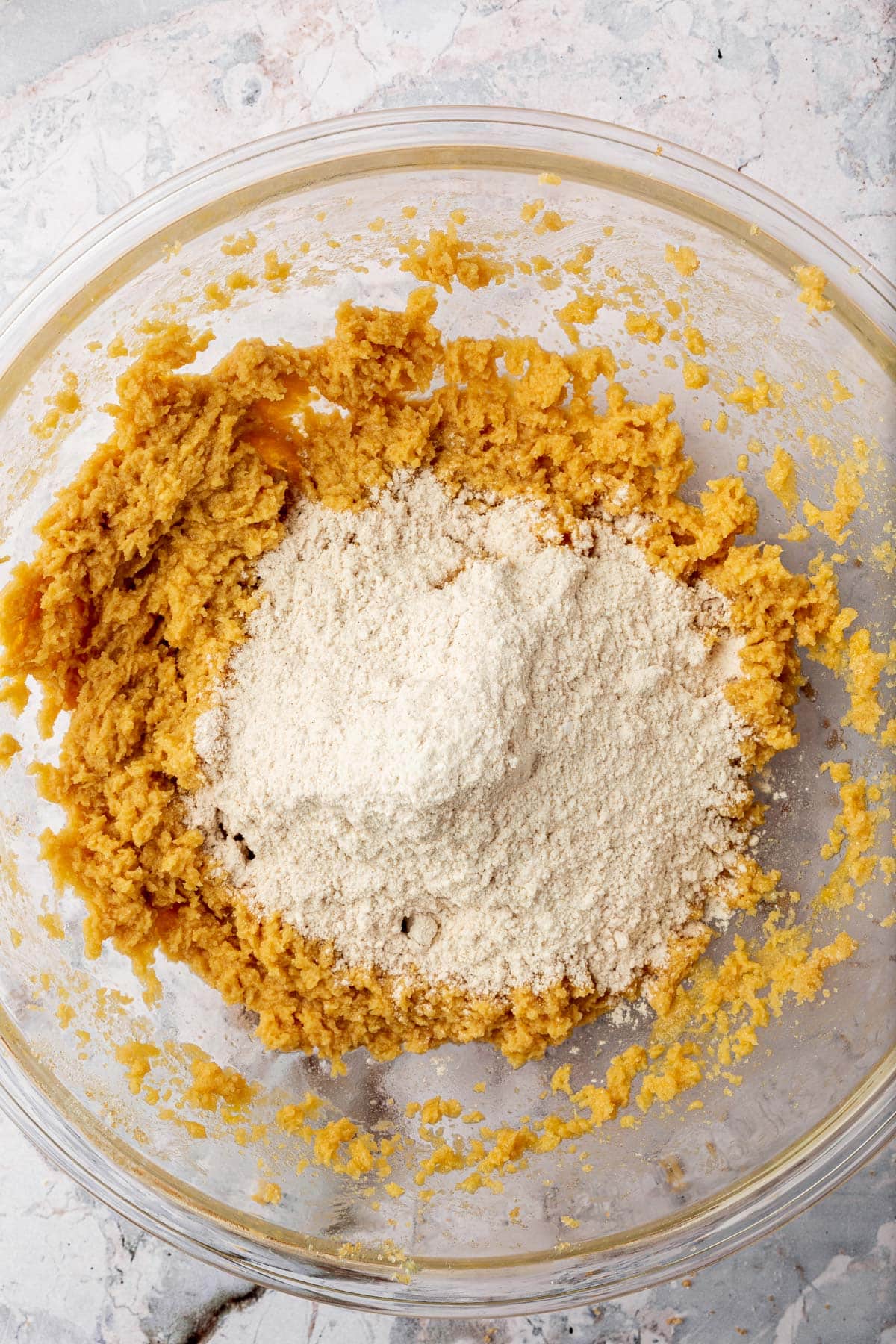
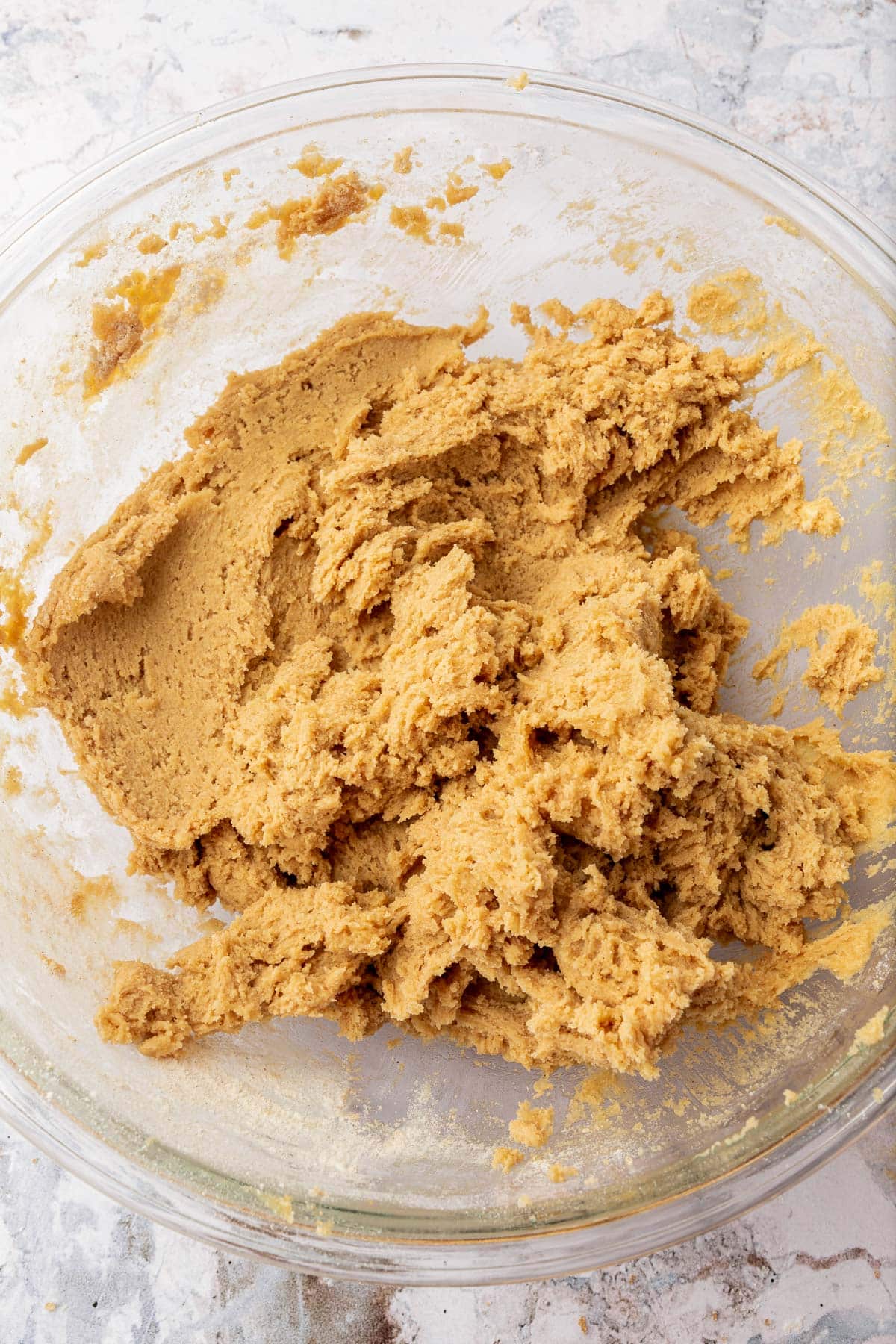
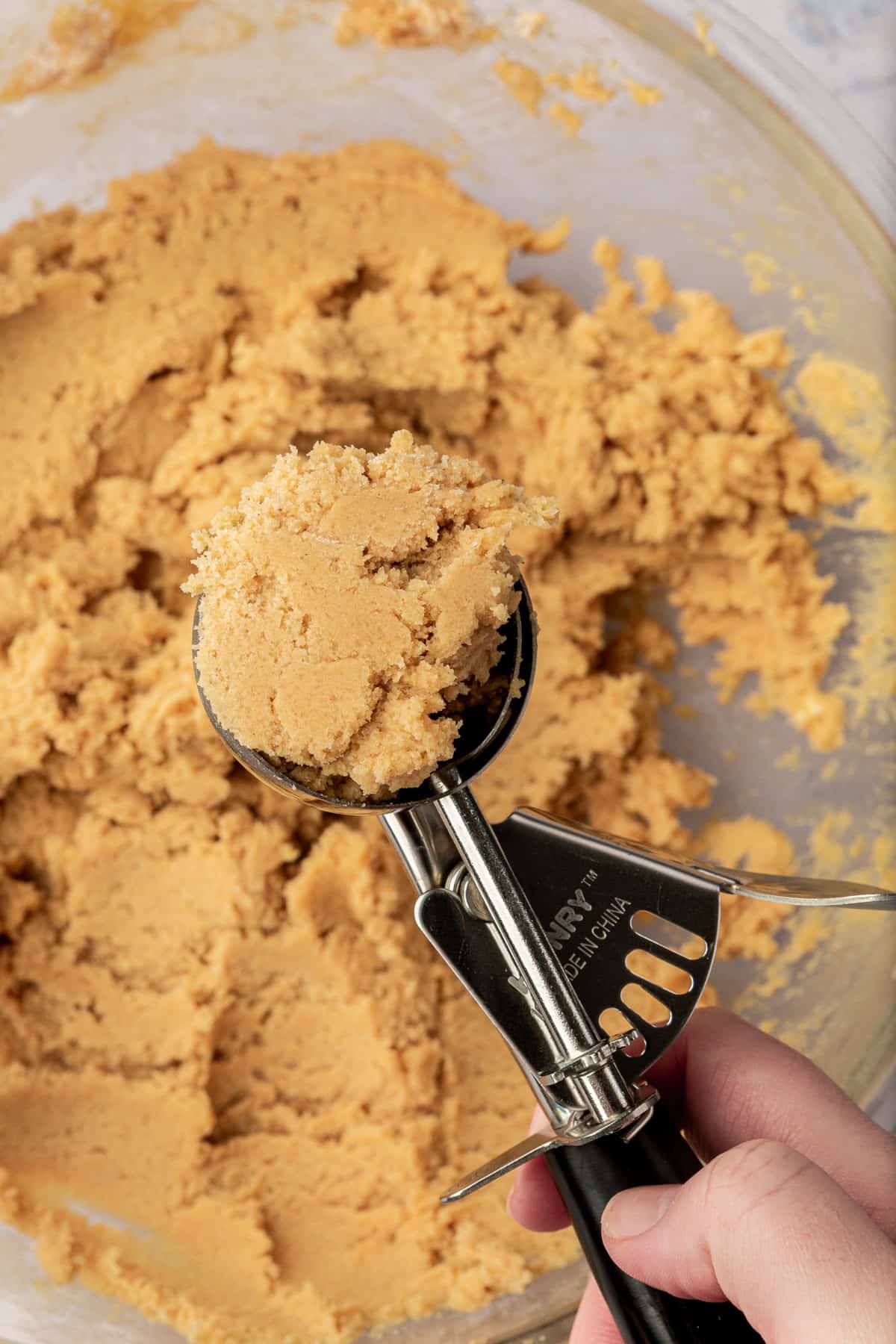
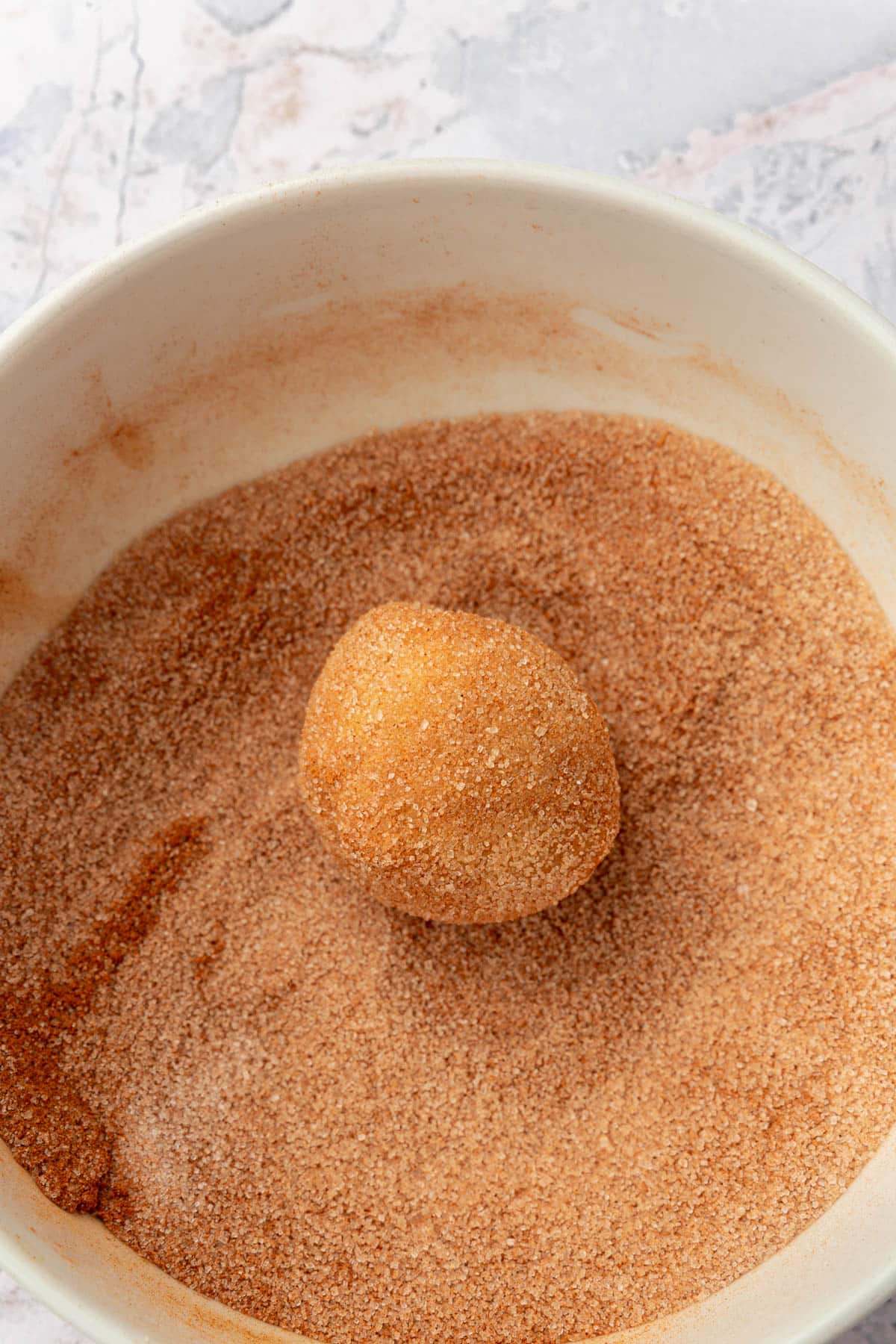
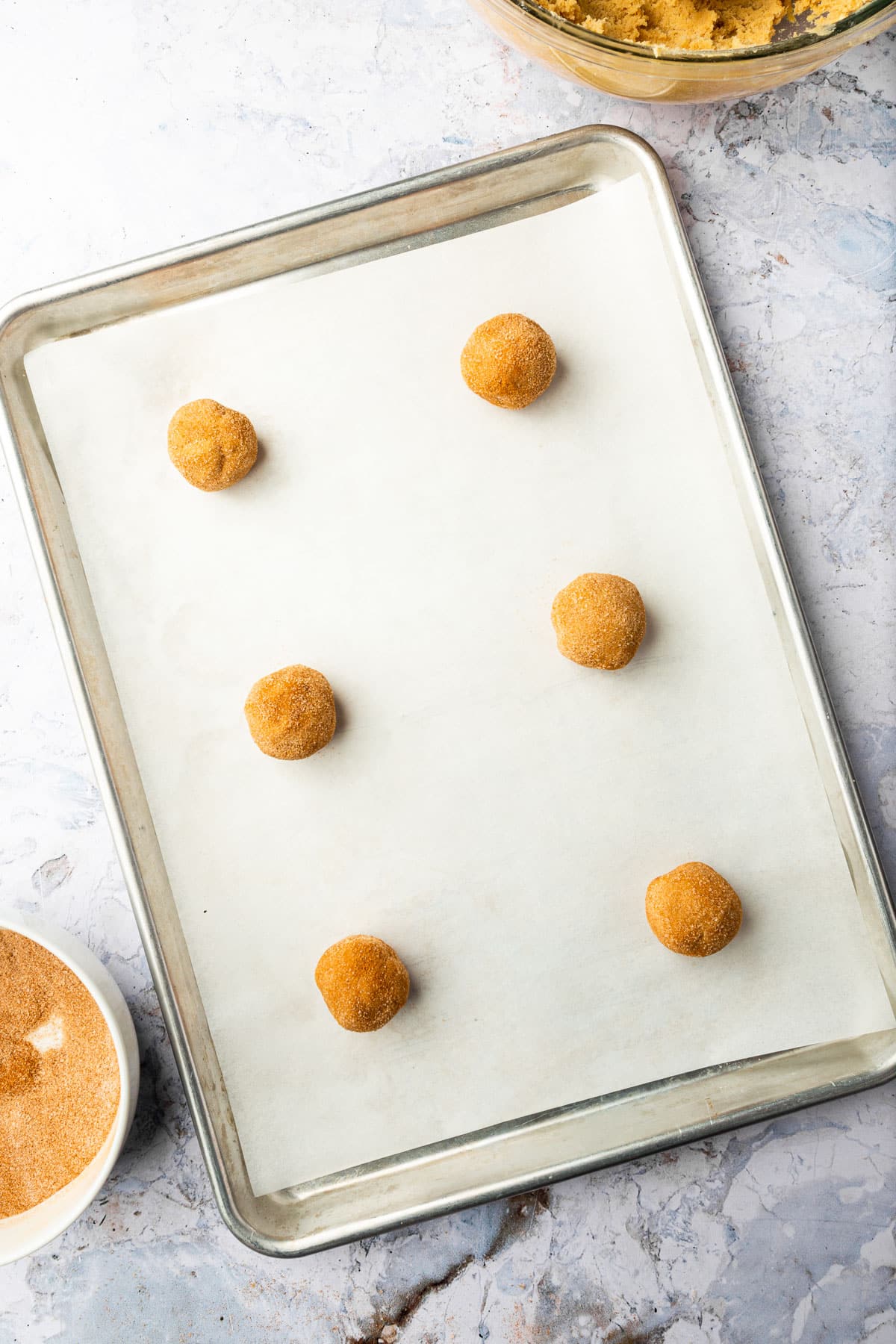
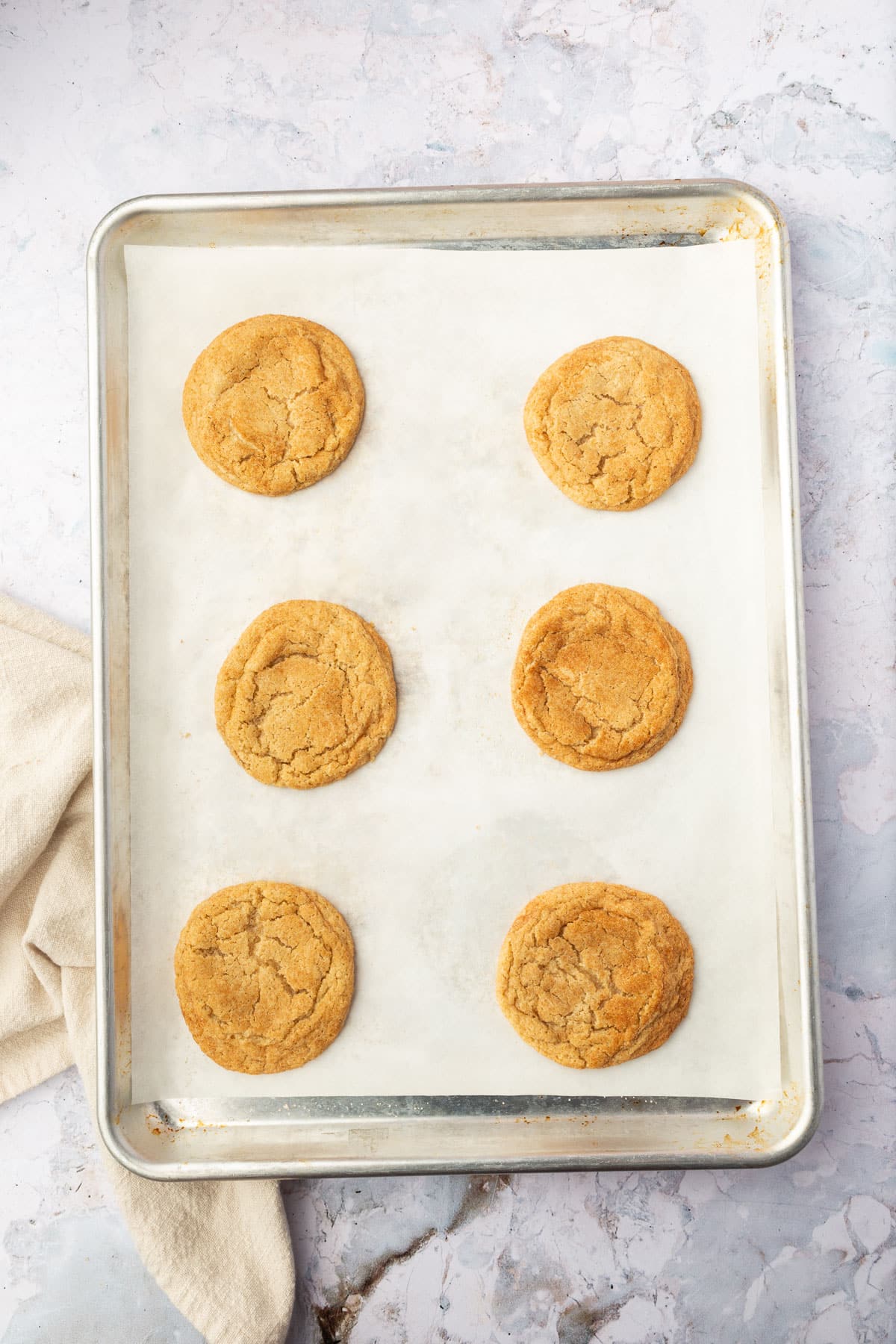
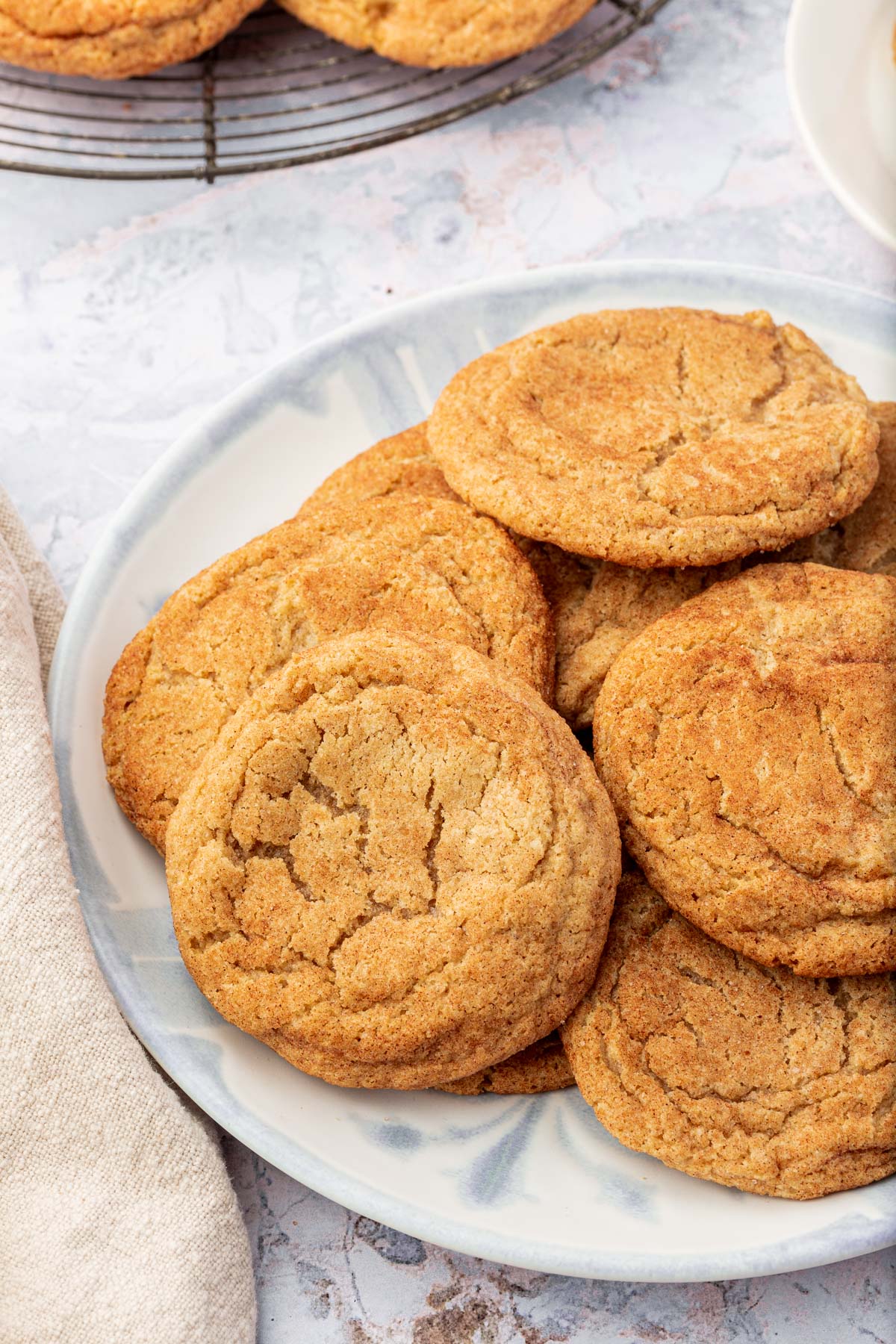
Recipe FAQs
Make sure that your baking soda is fresh, otherwise you may end up with flat cookies. To test if your baking soda is still fresh, add ½ teaspoon to a bowl with a tablespoon or two of vinegar. If the mixture automatically bubbles up, it’s still fresh!
Yes, swap the unsalted butter for a 50/50 mixture of vegetable shortening and dairy-free butter.
I’ve tested this recipe with both Bob’s Red mill 1-to-1 Gluten-Free Baking flour (in the blue bag that already contains xanthan gum) and King Arthur Baking Measure-for-Measure Gluten Free Flour Blend. Both of these flour blends are meant to be a 1-for-1 swap with all-purpose flour and already contain xanthan gum in them. If you use a different flour blend than these two flours, I cannot verify how the recipe will turn out as all gluten-free flour blends are not created equal.
If you use one of the gluten-free flour blends I recommend, you do not need to add xanthan gum because those flour blends already contain it. If you are using a different blend, including a homemade gluten-free flour blend, you’ll need to add xanthan gum as stated in the recipe. Xanthan gum gives the cookies elasticity so that they don’t crumble and fall apart.
While I’ve provided measurements in cups, I always recommend using the metric measurements provided in grams for better results. It will always be more accurate. If you must use American cups for this recipe, be sure to spoon the flour into your measuring cup and level it off with a flat surface. Do not scoop the measuring cup into the flour as it will pack the flour in and create really dense cookies.
hints & tips
Storage instructions
Storage
Store leftover snickerdoodle cookies in an airtight container for up to 4 days. If the cookies are getting hard, microwave them for about 10 seconds before serving.
How to freeze leftover cookies
My favorite way to store leftover snickerdoodle cookies is in the freezer. Place baked snickerdoodles on a sheet pan lined with parchment paper for an hour, or until the cookies are frozen solid. Once frozen, place the cookies in a freezer-safe container or bag and freeze for up to 3 months. When you’re ready to eat, place at room temperature for about an hour until soft. Alternatively, you can microwave the cookie for 30 seconds, until it is soft in the center.
How to freeze unbaked cookie dough
You can freeze snickerdoodle cookie dough to bake on a rainy day. Place the balls of cookie dough on a cookie sheet lined with parchment paper. Freeze until solid, about an hour. Then, place the dough balls in a freezer-safe container or bag for up to 3 months. You may need to add an extra minute of baking time for cookies baked from frozen dough.
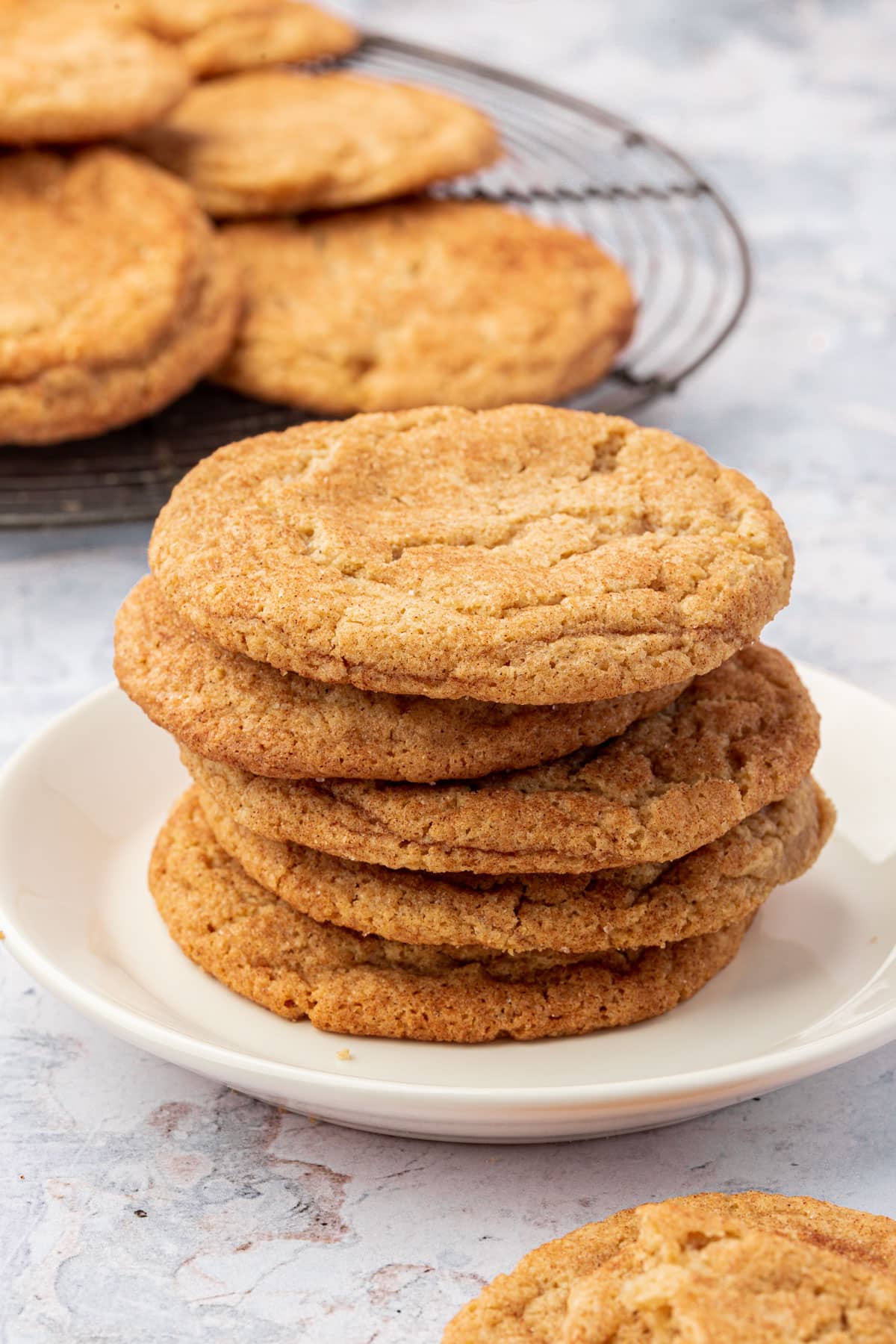
More gluten-free cookies to try
Did you make this recipe?
I’d love to know! Please rate it and leave a comment below. You can also share your pictures and tag @adashofmegnut on Instagram.

Gluten-Free Snickerdoodles
Ingredients
For the snickerdoodle cookie dough:
- 2 3/4 cups gluten-free flour blend (385g)
- 3/4 teaspoon xanthan gum (if your gluten-free flour blend doesn’t already contain it)
- 2 teaspoons cream of tartar
- 1 teaspoons baking soda
- 1 teaspoon salt
- 1 teaspoon ground cinnamon
- 1 cup brown sugar (packed (200g))
- 3/4 cup granulated sugar (150g)
- 1 cup unsalted butter (softened to room temperature (226g))
- 2 large eggs (100g)
- 2 teaspoons vanilla extract
For the cinnamon sugar topping:
- 1/4 cup granulated sugar (50g)
- 1 tbsp ground cinnamon
Instructions
- Preheat the oven to 375F. Line two baking sheets with parchment paper or a silicone baking mat. Set aside.
- In a mixing bowl, combine the gluten-free flour blend, xanthan gum (if using), baking powder, cream of tartar, cinnamon and salt. Whisk together. Set aside.
- In a separate mixing bowl, add the brown sugar, granulated sugar, and softened butter.
- Cream together for 2-3 minutes, until light and fluffy.
- Add the eggs and vanilla extract. Mix until smooth, scraping down the sides and bottom of the bowl to ensure everything gets incorporated.
- Gradually add the dry ingredients to the wet ingredients. Stir in between each addition. Mix until no more streaks of flour remain. Chill the dough for 30 minutes.
- In a small bowl, combine the granulated sugar and ground cinnamon for the topping.
- Roll the cookie dough into 2 tablespoon dough balls, about 1-inch in diameter. If you’re weighing the cookie dough balls, they should weigh about 42 grams or 1.5 oz each.
- Roll the cookie dough balls into the cinnamon sugar mixture.
- Place the snickerdoodle dough balls on the prepared baking sheet, leaving about 3 inches in between each ball so it has room to spread. I typically can fit about 6 cookies on a sheet pan at a time.
- Bake at 375F for 9-11 minutes, until the edges are set and the center of the cookie dough no longer looks shiny. Do not over bake.
- Let cool for 5 minutes on the baking sheet before transferring to a wire rack to finish cooling completely. Repeat with remaining cookie dough.
Notes
- If you have celiac disease or are on a gluten-free diet, be sure to double check all of your ingredients to ensure they are gluten-free. Manufacturing practices and ingredients can change from time to time.
- If you are baking more than one cookie sheet at a time, switch the positions halfway through the baking time so that they cook evenly. If you are only baking one cookie sheet at a time, place it on the middle rack of the oven.
- This recipe has been tested with Bob’s Red Mill 1-to-1 Gluten Free Baking Flour, which already contains xanthan gum. If you use this blend you do not need to add xanthan gum to the recipe.
- I cannot verify if other gluten-free flour blends will work with this recipe because I have not tested them.
- For best results, weigh your dry ingredients, like the gluten-free flour blend. The way that you scoop flour into a measuring cup can greatly affect the recipe, so I advise using a kitchen scale to weigh the flour. It’s also much easier and less messy to use a kitchen scale. If you must use measuring cups, use a spoon to add the flour into the measuring cup. Do not dig the measuring cup into the bag of flour as you will make the flour very dense and add too much flour to the recipe.


